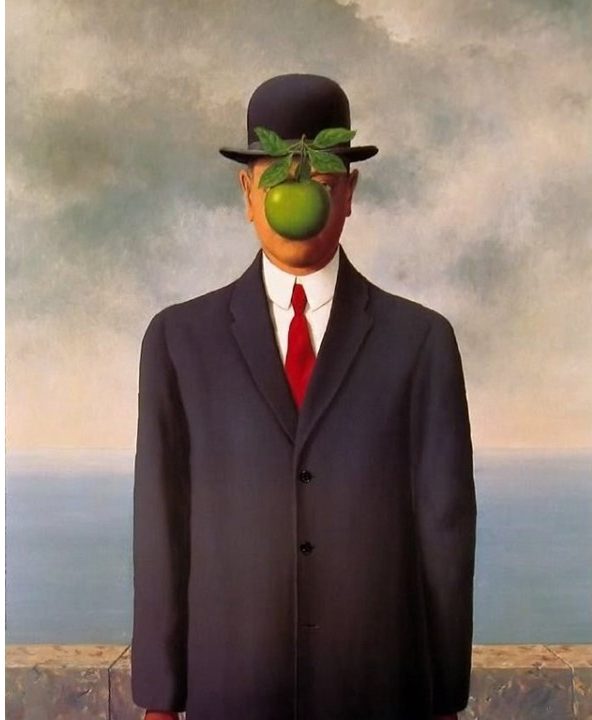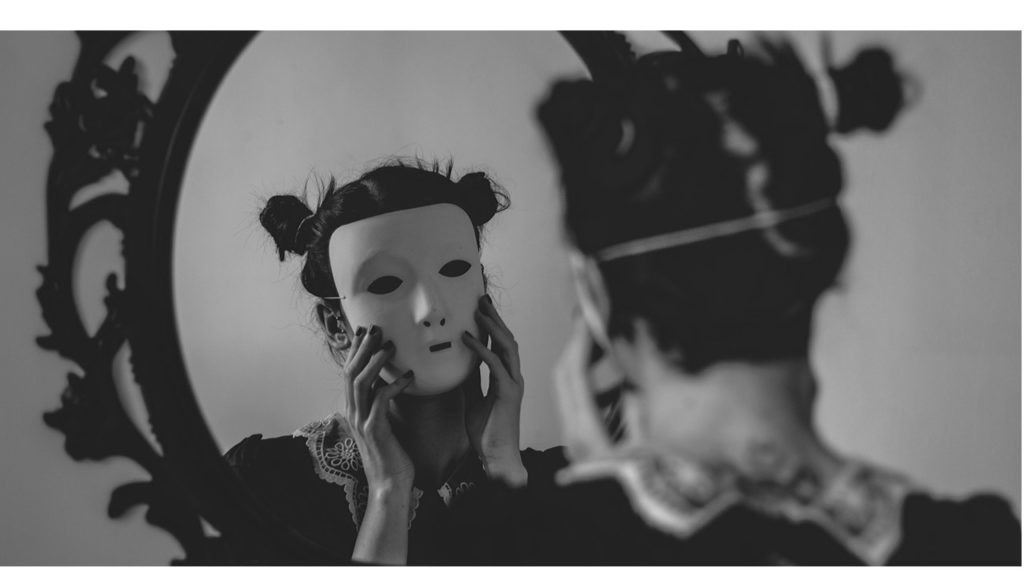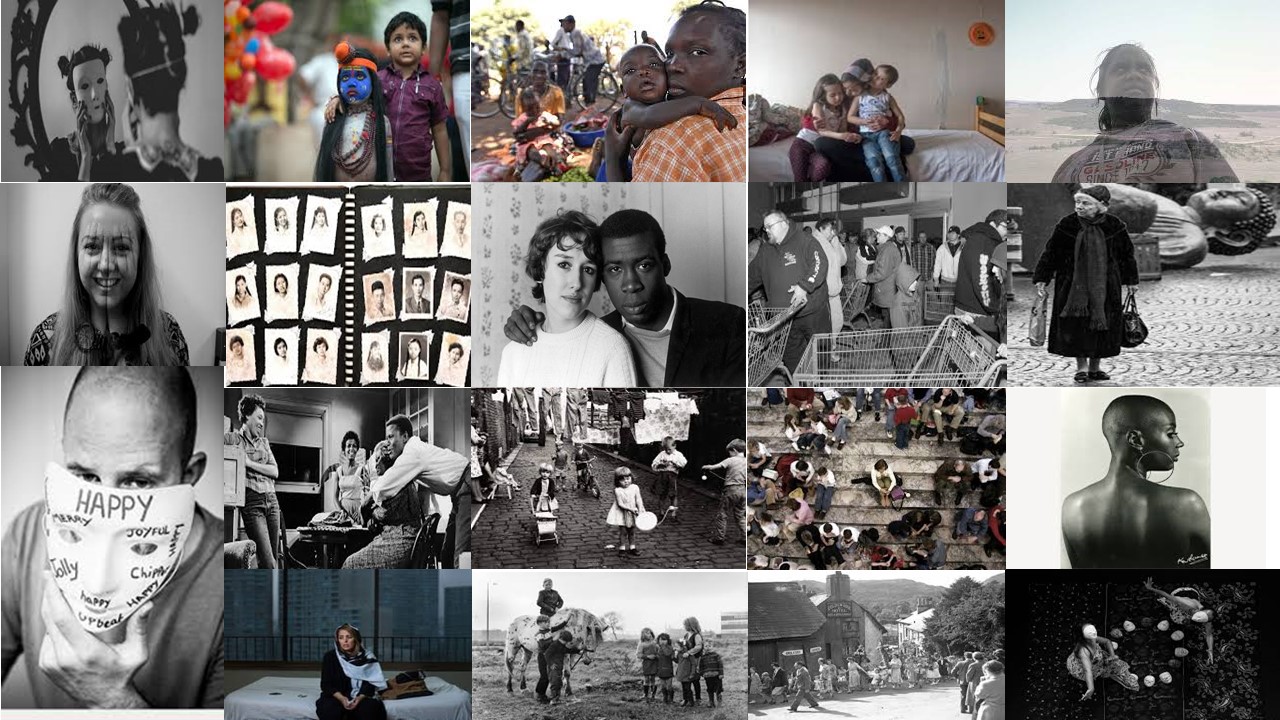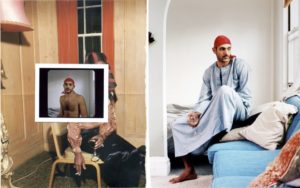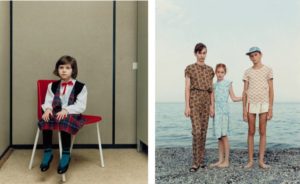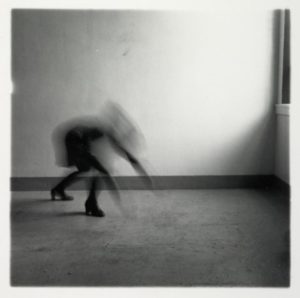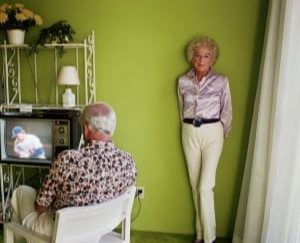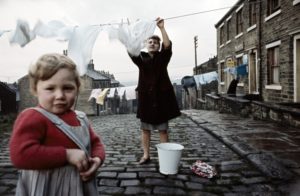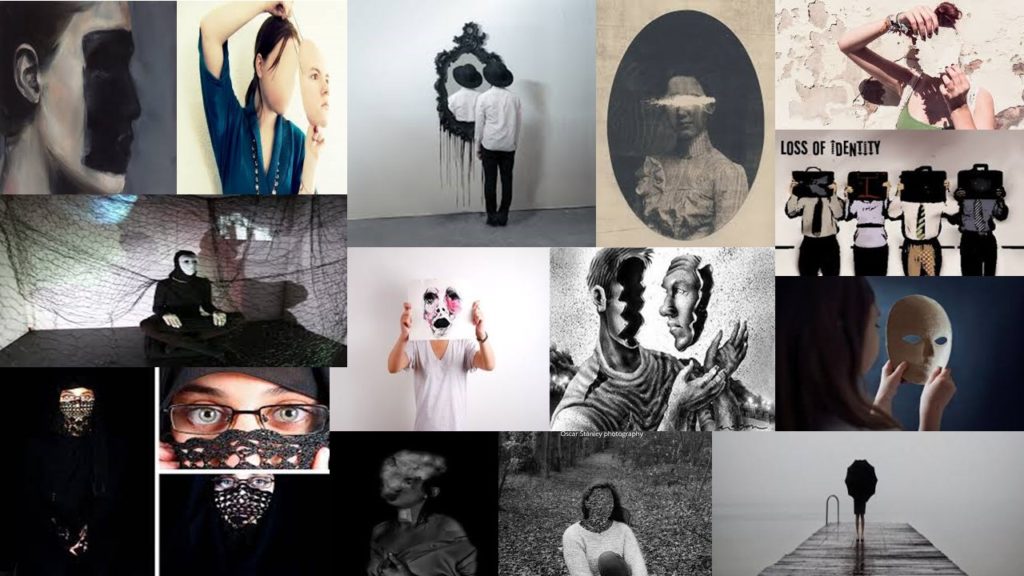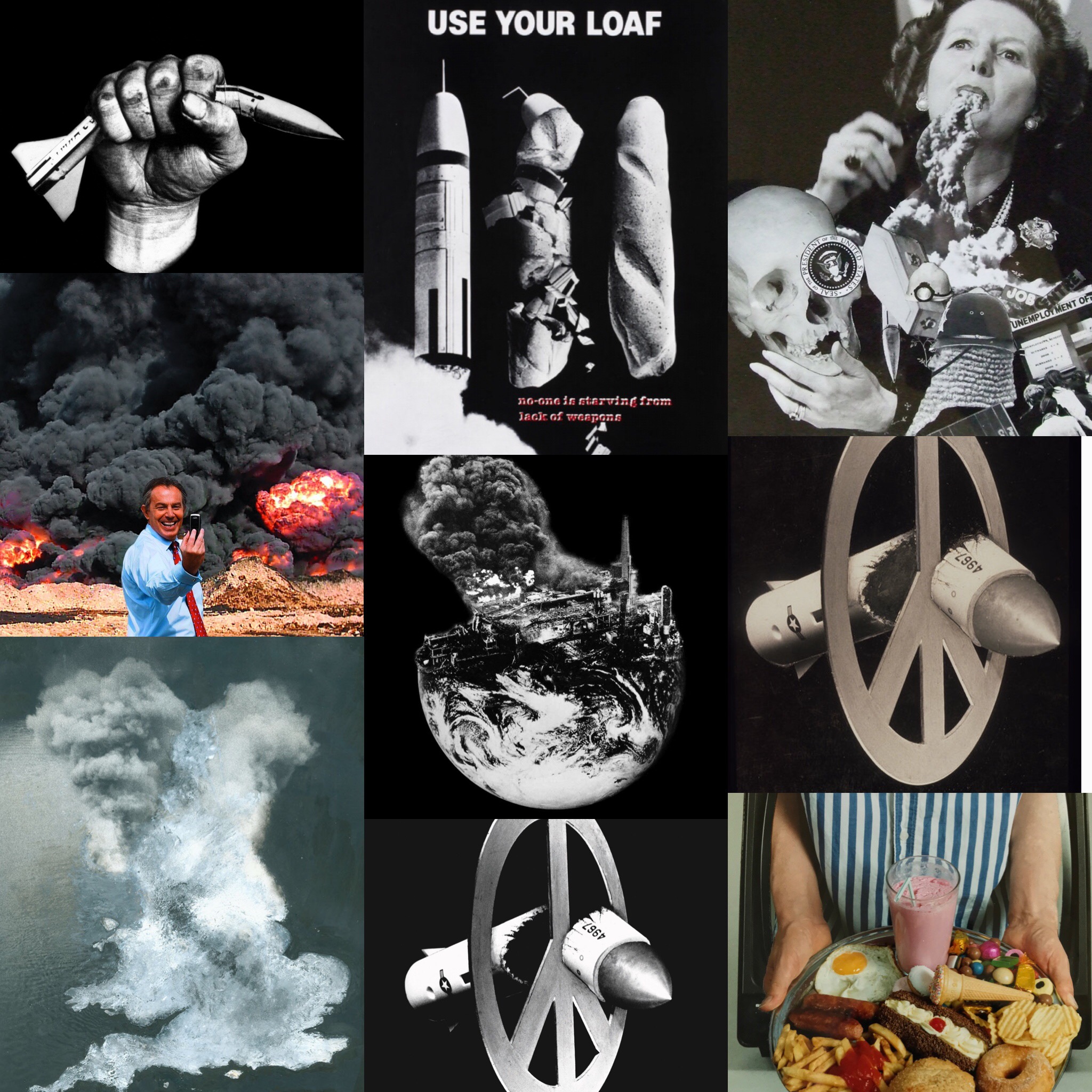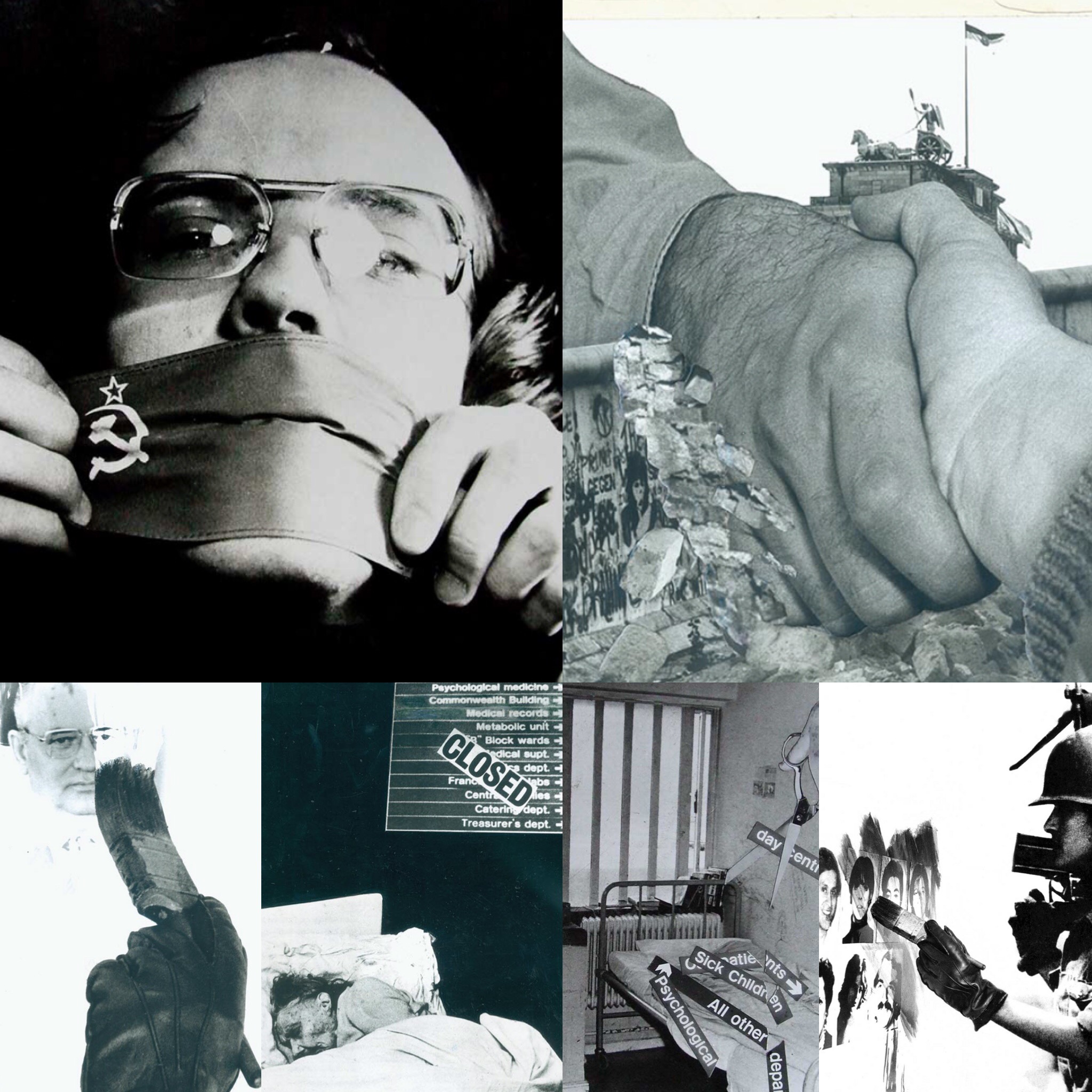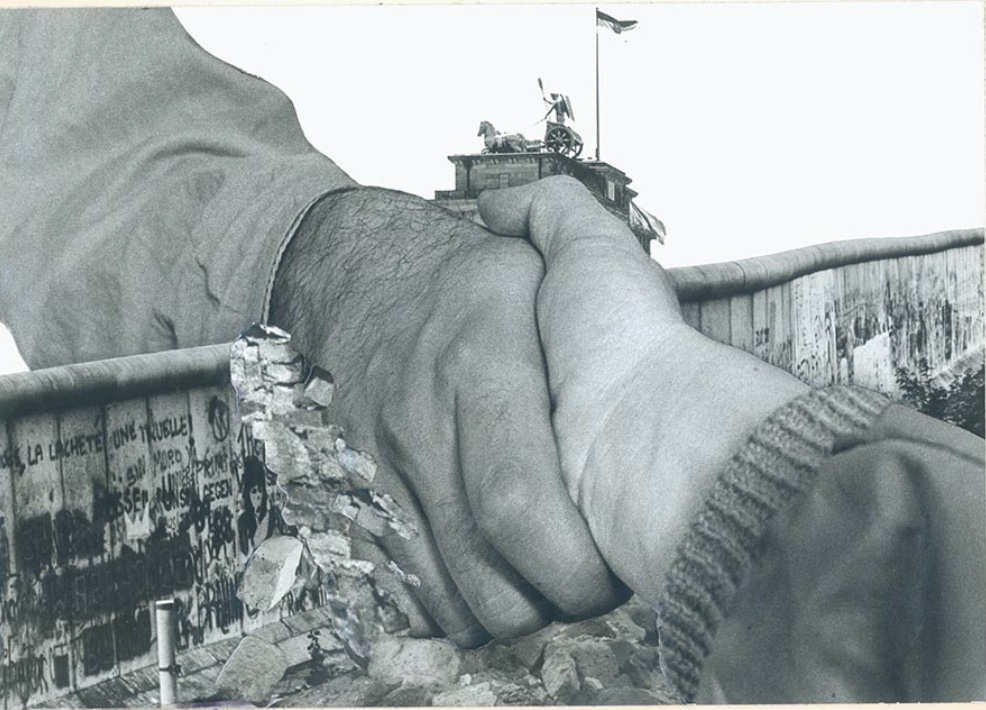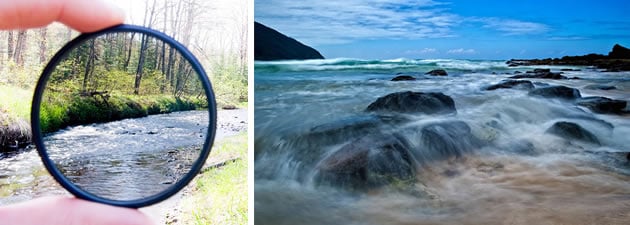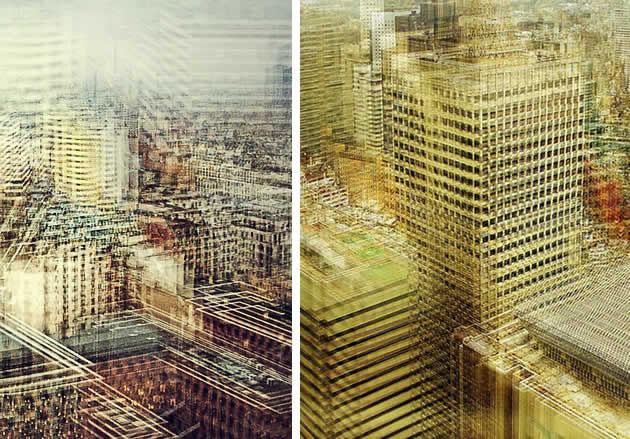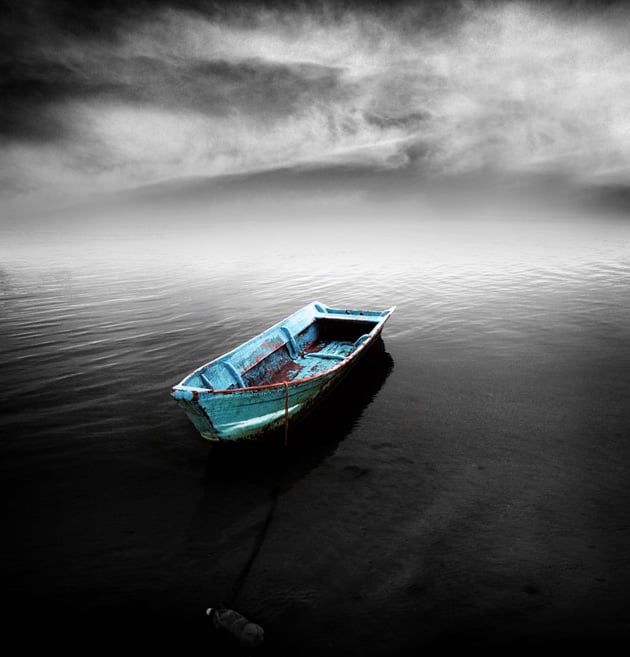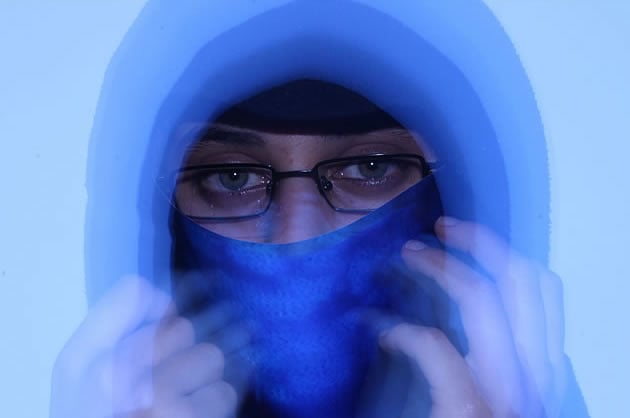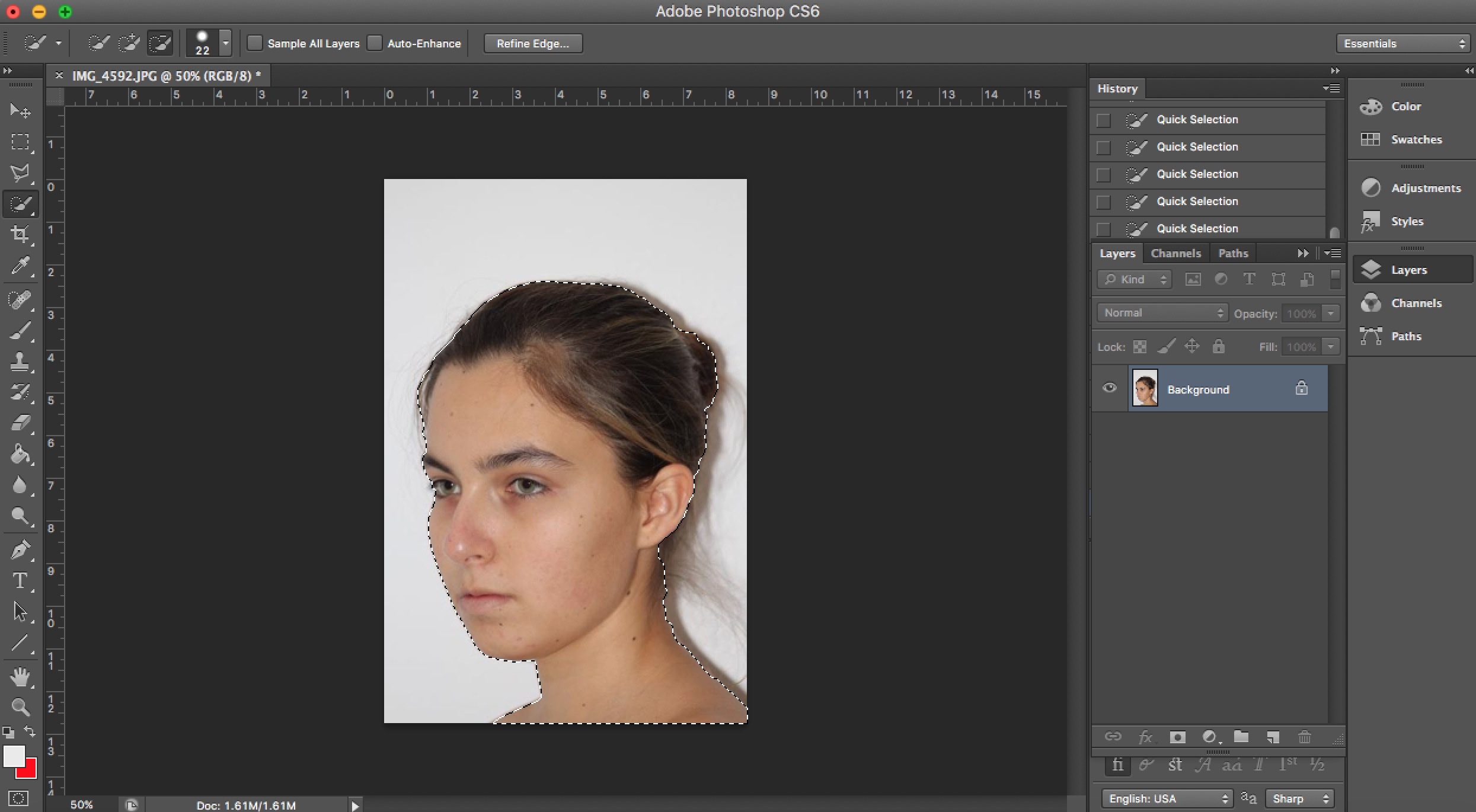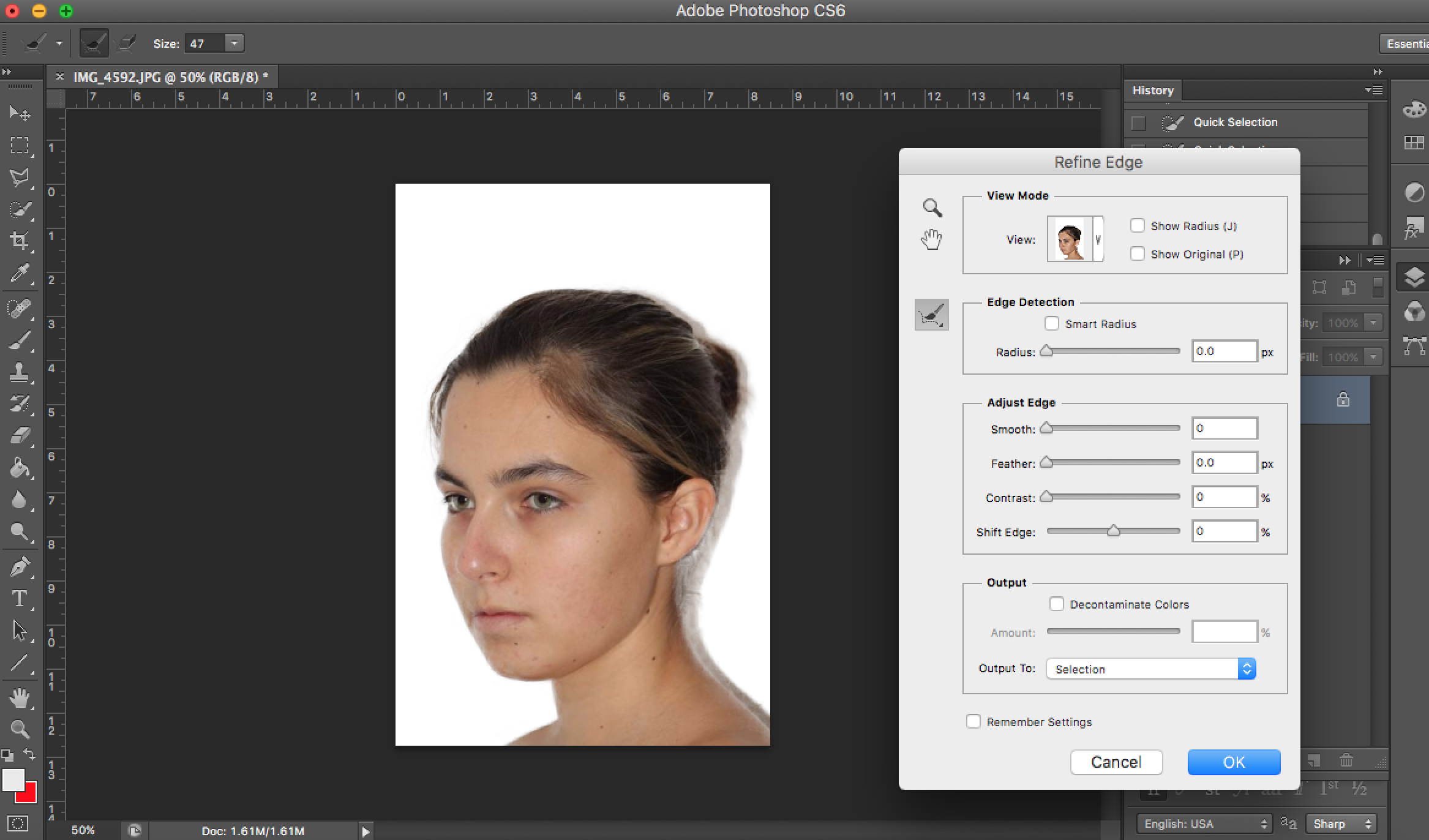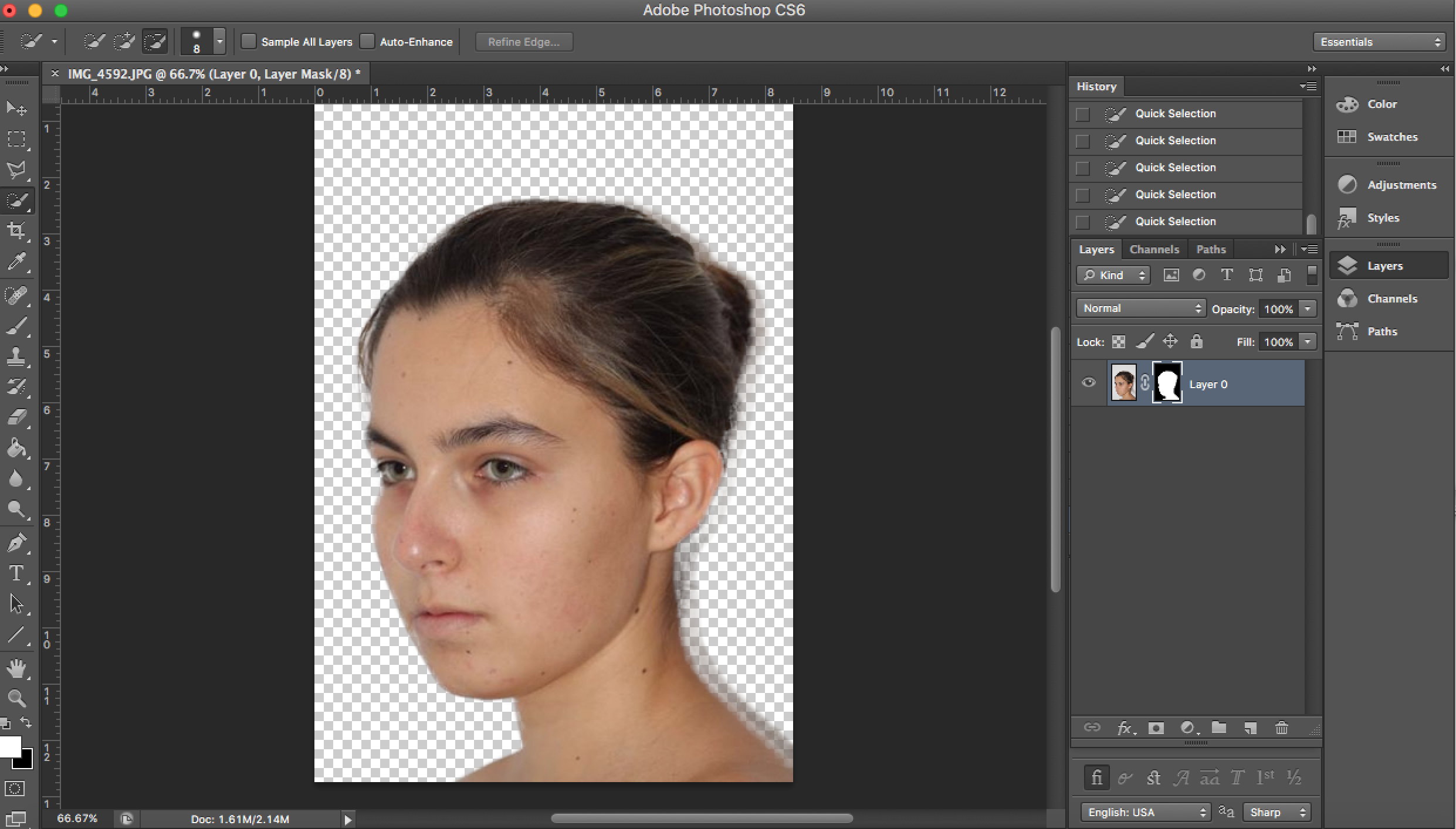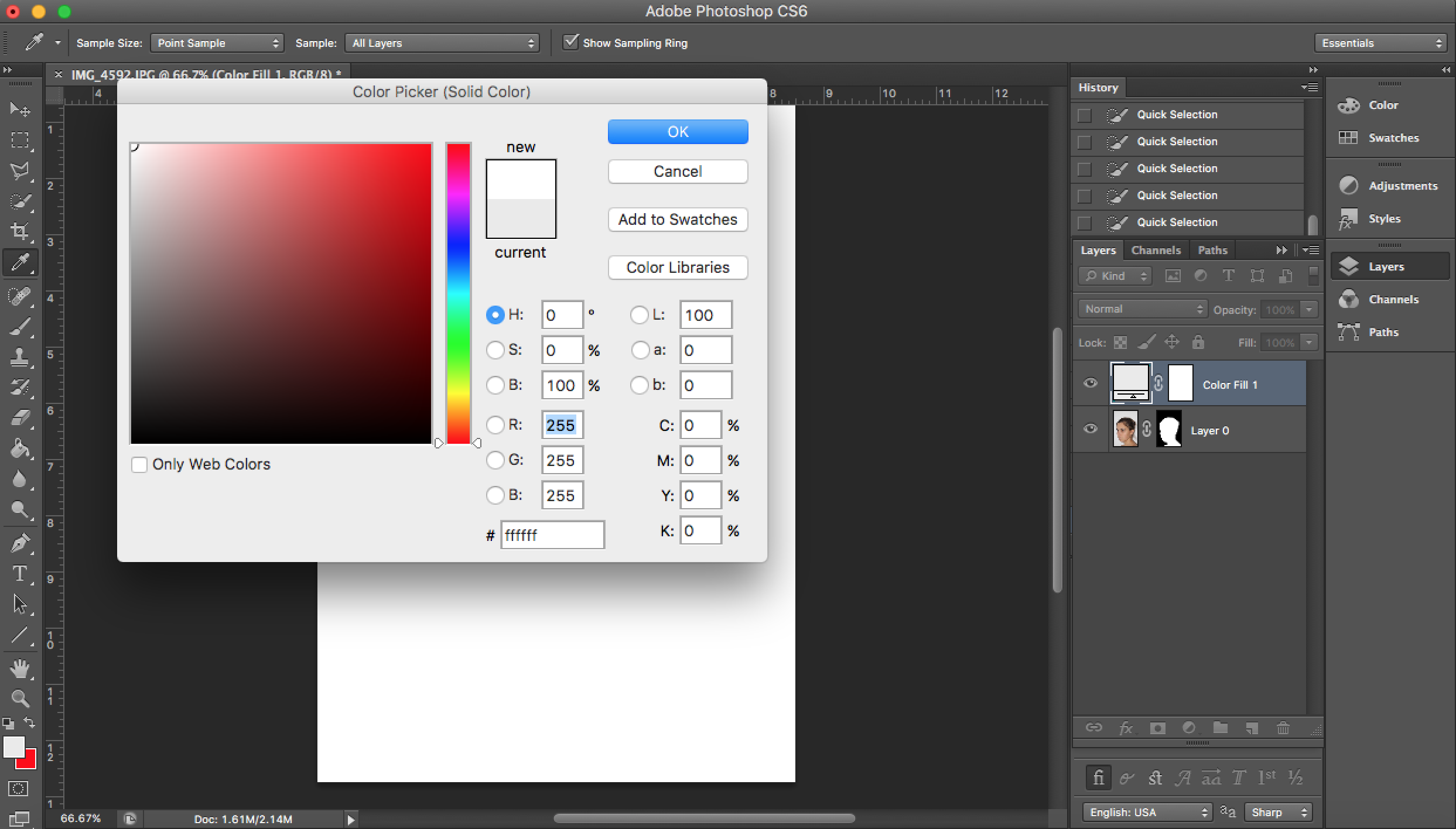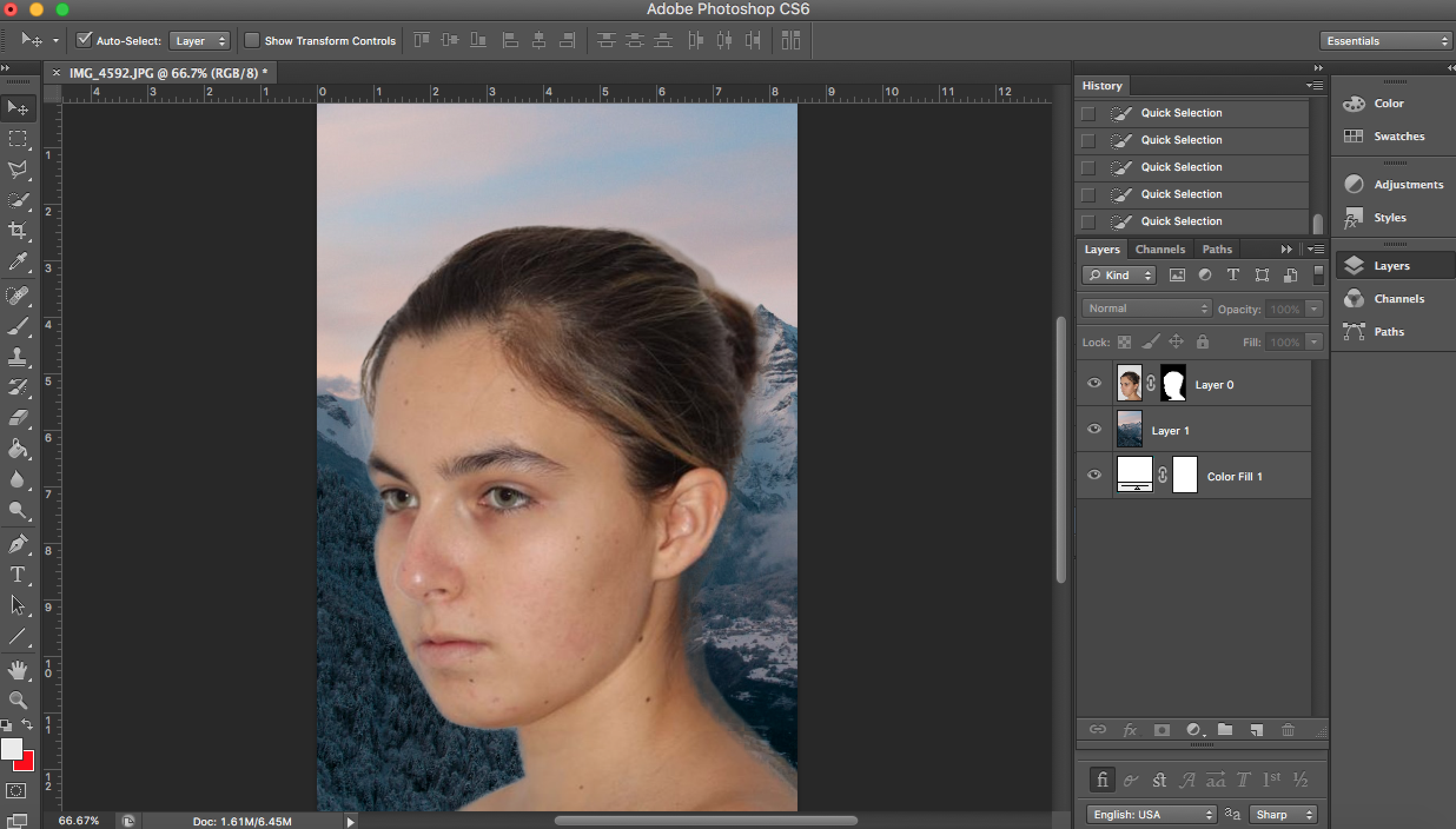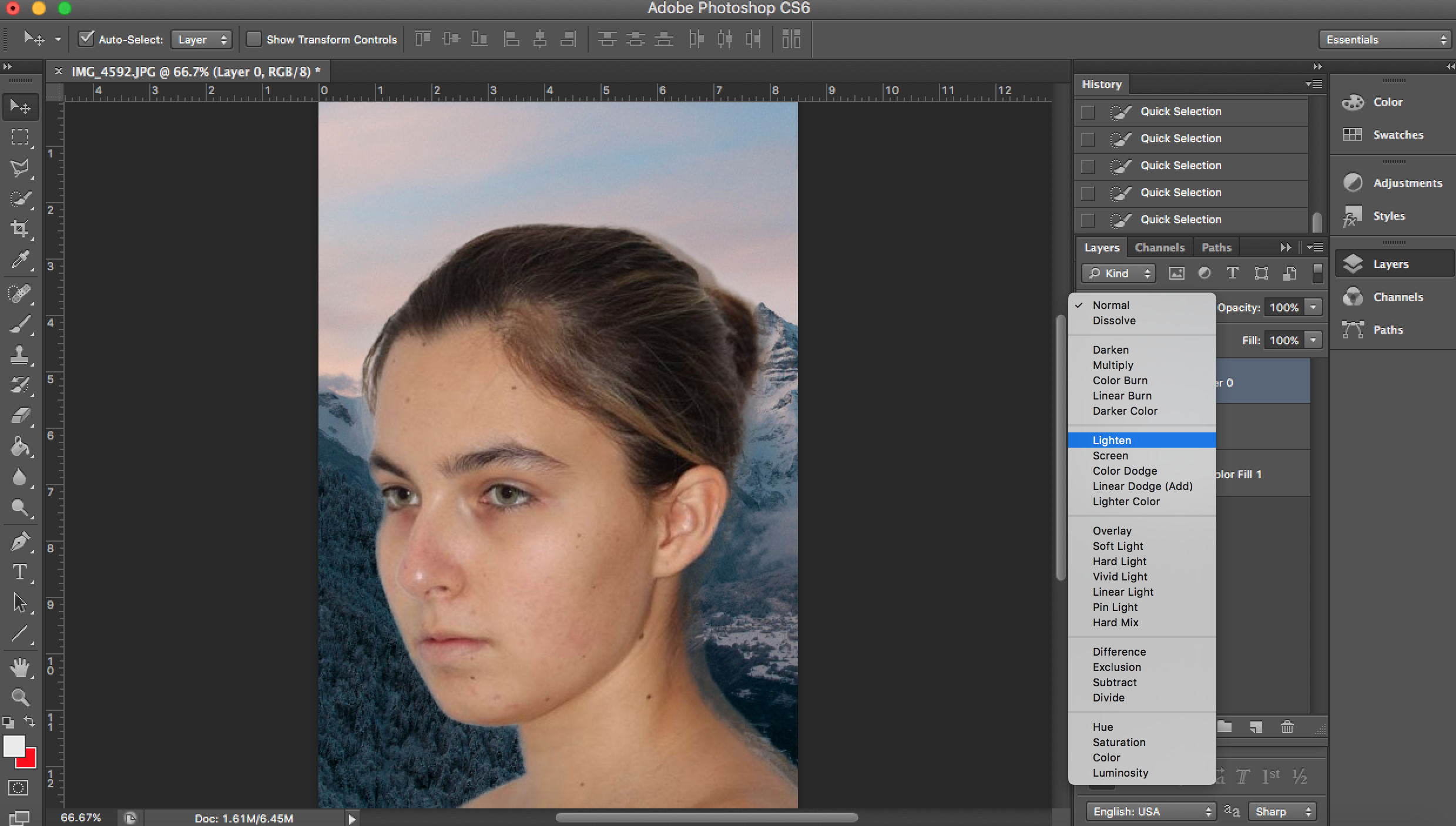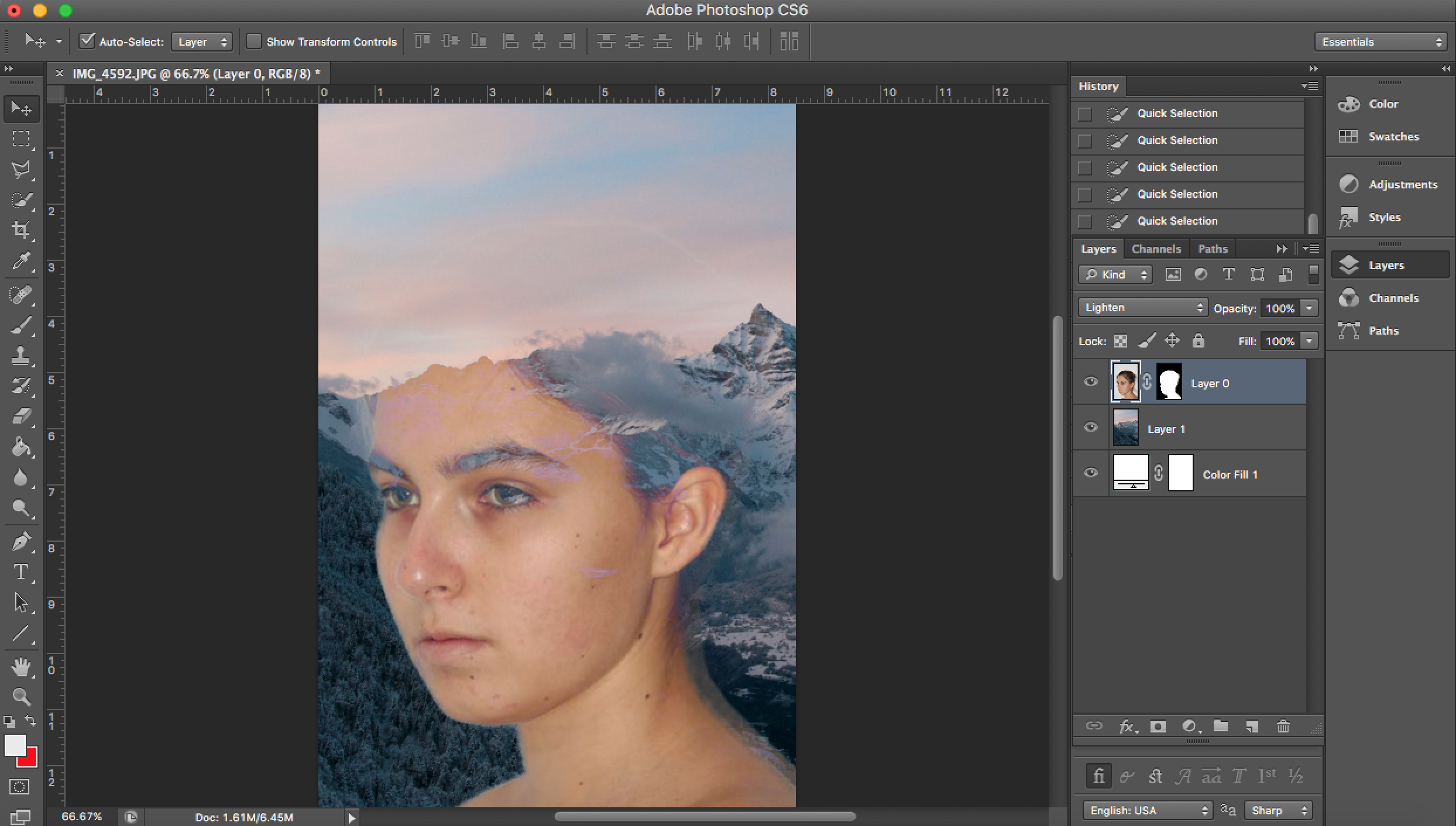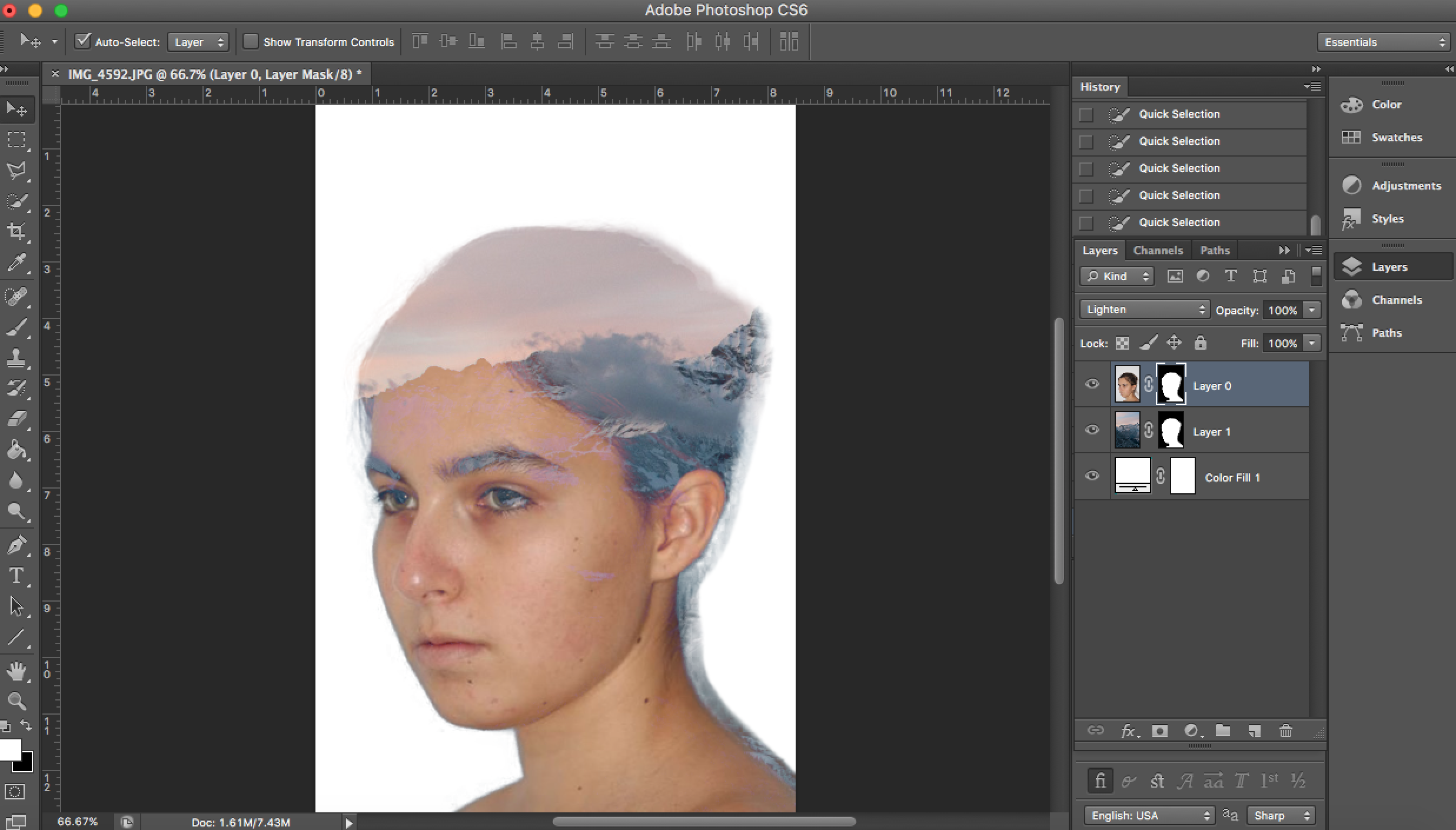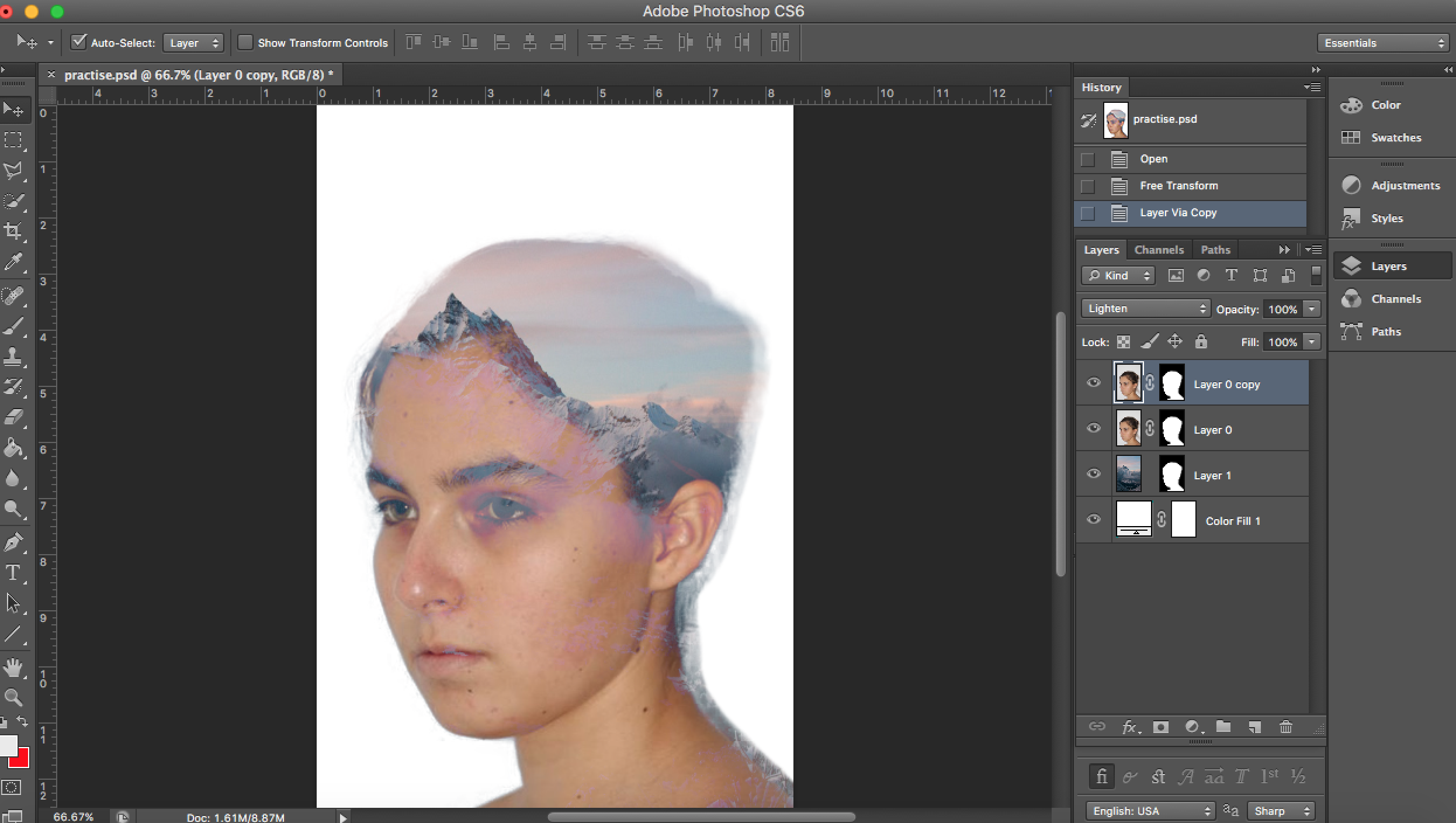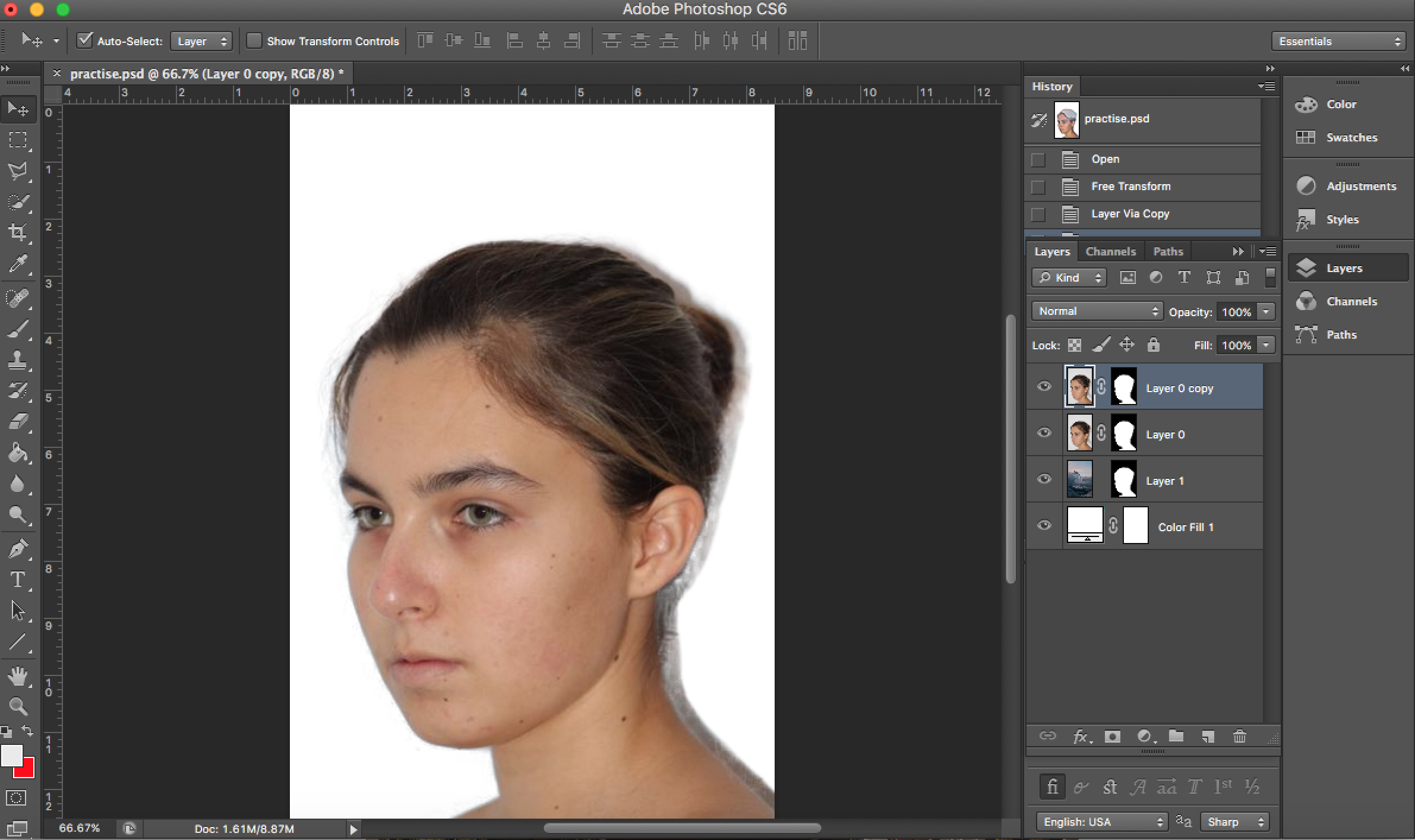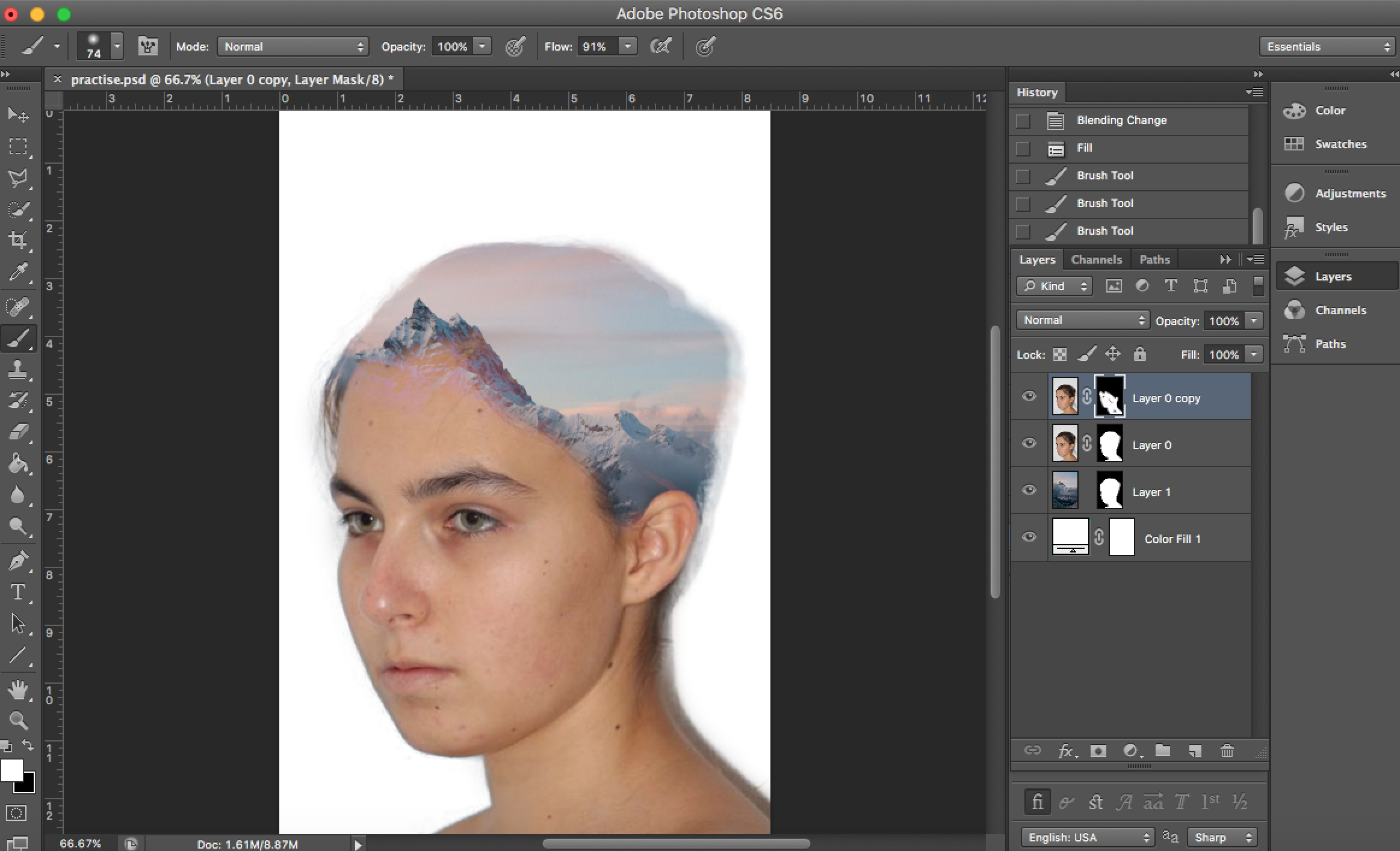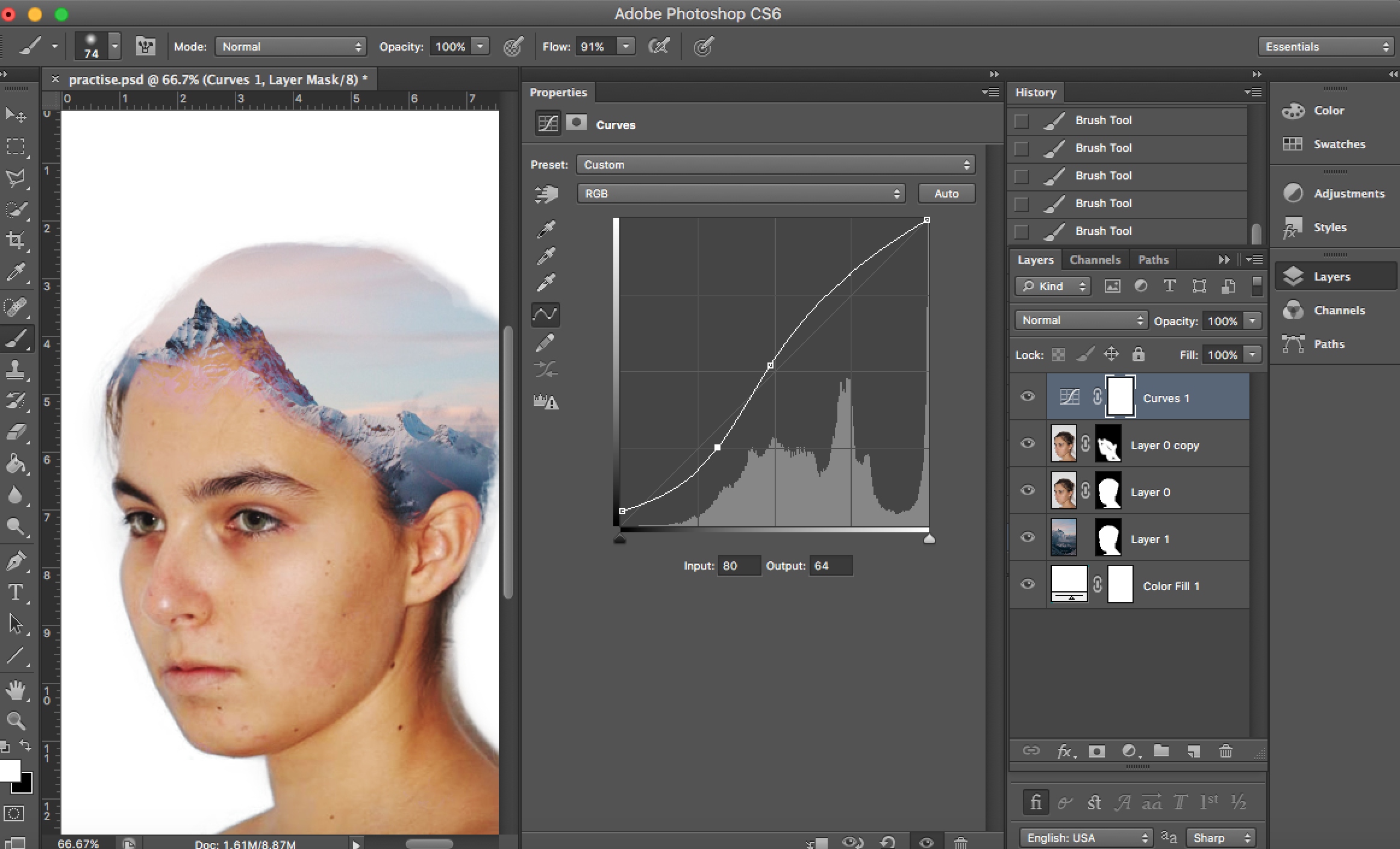Identity is defined as “the characteristics determining who or what a person or thing is”. This can be influenced by various factors including geographical or cultural influences. There have been arguments relating to the importance of nature vs. nurture and which has a larger impact on ones identity.
Different Types of Identity in Photography
Gender Identity: This is the idea of using gender to define ones identity. This is an idea often explored by various photographers/ artists such as Lorna Simpson. This work varies from more abstract pieces exploring the idea of gender identity crossing over to loss of identity to ides of empowerment in her work.


Cultural Identity: This is the idea of exploring culture and how it affects a persons identity. this can range from exploring how various cultures are portrayed/ stereotyped as well as being used to give a better insight into the reality of their culture. This has been explored by artists such as Paul Sepuya.

Social Identity: Social identity relates to the idea that a person can be the surrounding community, this is the same idea as the ‘nurture’ aspect of nature vs. nurture. This also relates to the idea that social pressure can change someones identity on a fundamental level through peer pressure etc. This has been explored by photographers such as Robert Frank, his work explores the influence of the ideals of their community on ones identity including ideas such as nationalism. However this piece also relates to the idea of Geographical/ political identity.
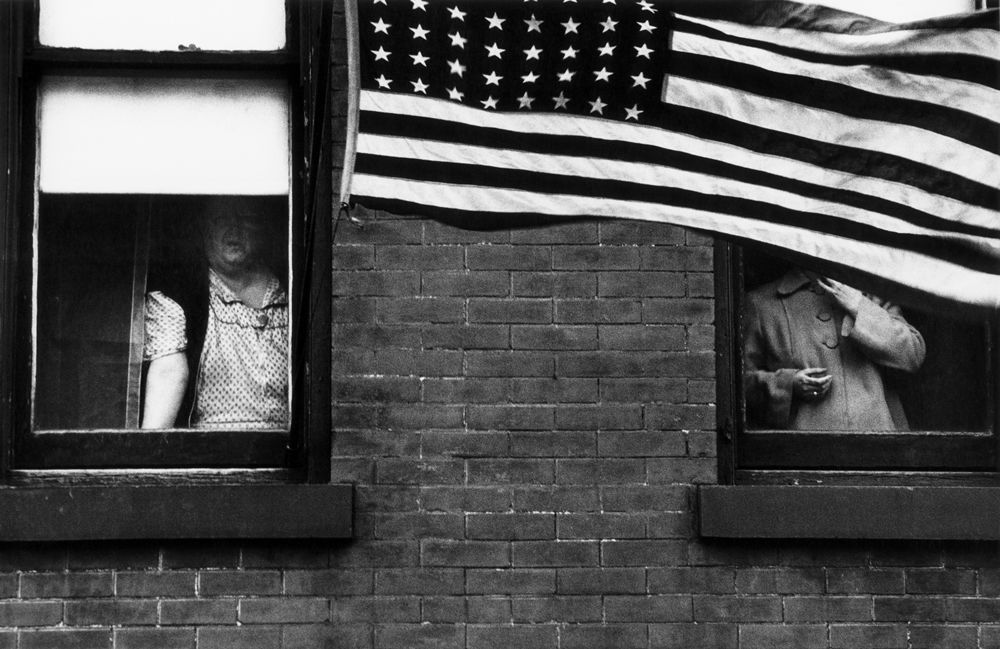
Loss of/ Lack of identity: This is an idea that someones identity can be stripped from them either by some form of disaster or by social out casting. This is often explored in conjunction with other forms of identity such as some of Lorna Simpsons work. This is an idea also commonly explored using a surrealist approach.


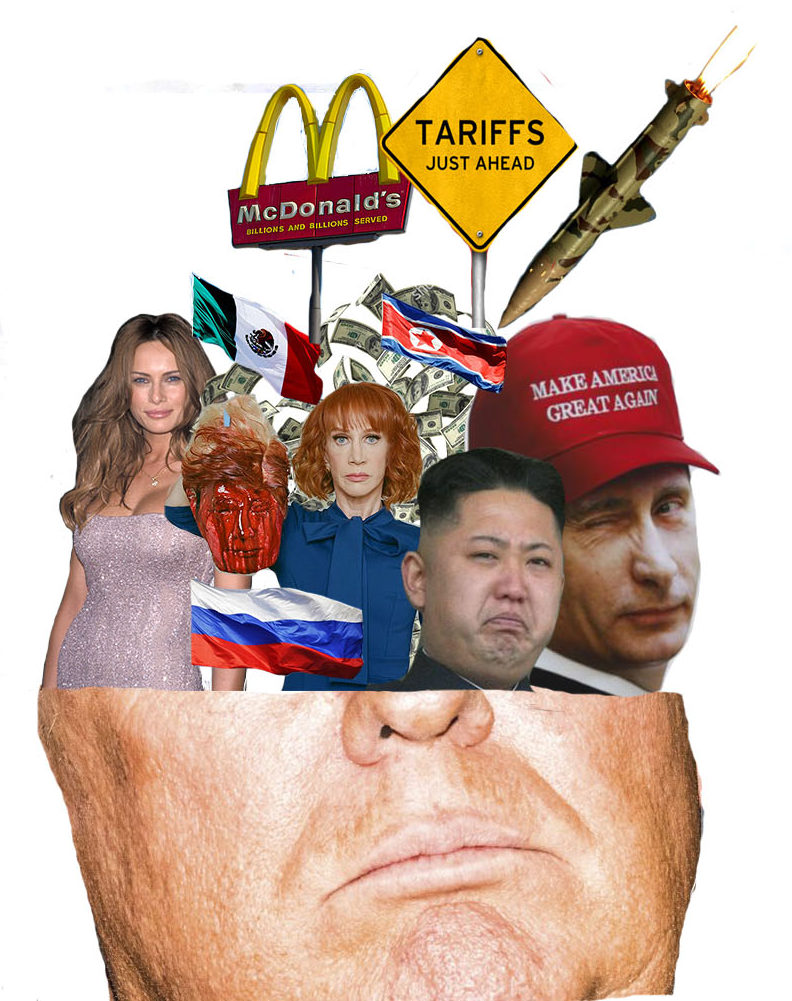

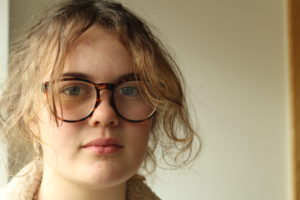
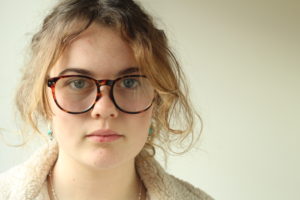
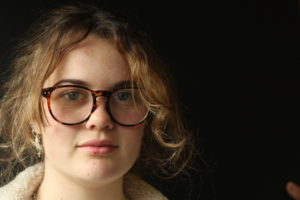

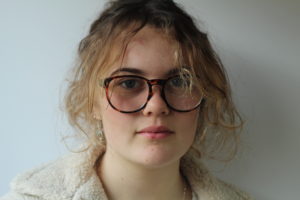


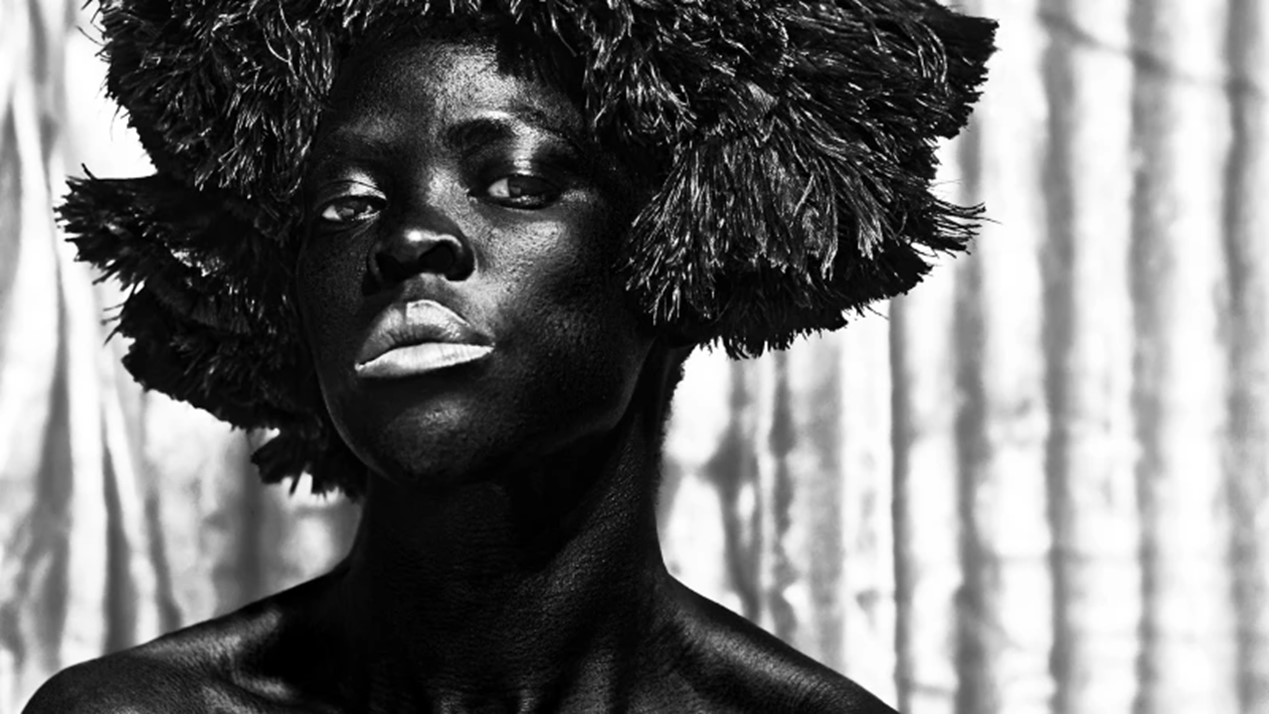
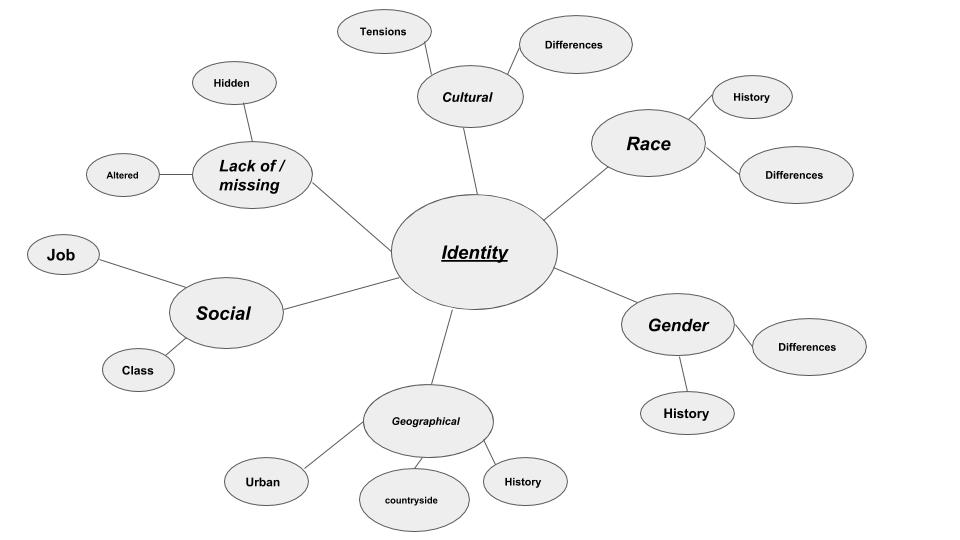
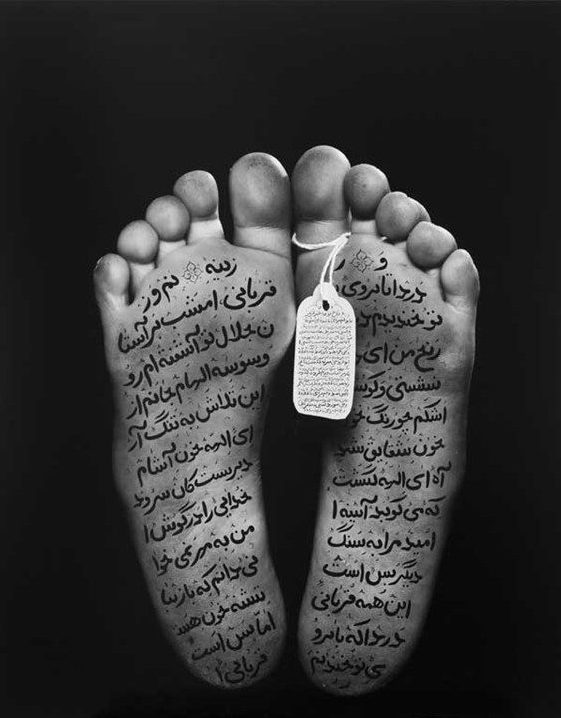
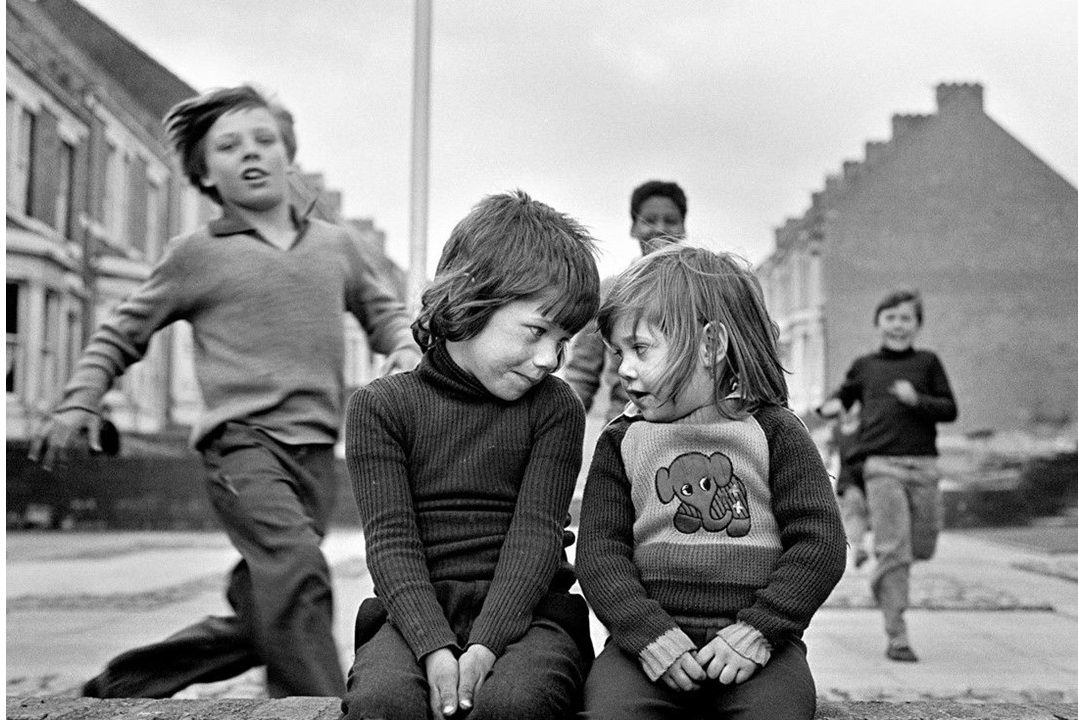 This image can be said to be a candid image displaying children growing up in England in the 1970’s, however it also displays the importance of the developing bonds, connections and friendships between the children, and displays them as their own social group, independent fro adults, showing the complexities of the lives and relationships that children have.
This image can be said to be a candid image displaying children growing up in England in the 1970’s, however it also displays the importance of the developing bonds, connections and friendships between the children, and displays them as their own social group, independent fro adults, showing the complexities of the lives and relationships that children have.